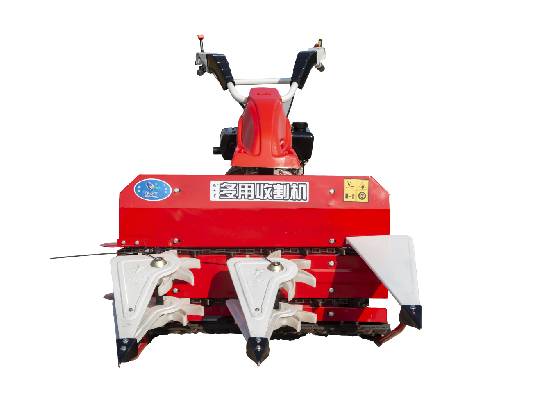reaper for harvesting wheat
The Role of the Reaper in Harvesting Wheat
The wheat harvest is a critical phase in the agricultural calendar, representing the culmination of months of labor, investment, and care. One of the most significant technological advancements that revolutionized this process is the reaper. The introduction of the reaper for harvesting wheat not only increased efficiency but also transformed agricultural practices, contributing to the food security of nations.
Historical Context
To understand the impact of the reaper, we first need to explore the traditional methods of wheat harvesting. Before the advent of mechanization, farmers relied heavily on hand tools such as sickles and scythes. This labor-intensive process required large numbers of workers and often spanned several weeks, depending on the size of the crop. While these traditional methods had been effective for centuries, they were time-consuming and less efficient, leading to a significant portion of the crop being vulnerable to weather damage and pests.
The invention of the reaper in the early 19th century marked a turning point in agricultural history. Developed by figures like Cyrus McCormick, the reaper mechanized the process of cutting wheat, allowing farmers to harvest much larger areas in a fraction of the time. This innovation was particularly significant in regions where wheat was a staple crop, as it directly addressed the challenges posed by traditional harvesting methods.
Mechanization and Efficiency
The reaper operates on a relatively simple yet effective principle. It consists of sharp blades that cut the wheat stalks at a uniform height while a drag chain gathers the cut stalks into rows for easy gathering. This mechanization drastically reduced the manpower needed for harvesting. Instead of requiring dozens of workers to cover a field, a single farmer could operate a reaper, significantly increasing the area that could be harvested daily.
reaper for harvesting wheat

The efficiency gained from using a reaper not only saved time but also reduced wages and labor costs for farmers. With the financial burden of hiring numerous laborers alleviated, farmers could invest in other areas, such as improving crop yield or purchasing more land. Moreover, the ability to harvest wheat more quickly ensured that crops could be brought in before adverse weather conditions could cause damage.
Economic Impact
The economic implications of the reaper were profound. By increasing production efficiency, the reaper played a crucial role in enhancing the agricultural output of countries that adopted its use. This surge in wheat production contributed to the stabilization of food supplies and made wheat more accessible to the population. As a result, the price of wheat decreased, allowing more people to afford this essential staple.
Furthermore, the increased productivity of wheat farming had ripple effects throughout the economy. It facilitated greater trade, both domestically and internationally, as surplus wheat could be exported to other regions. This bolstered the economies of agricultural regions and contributed to the overall growth of national economies.
Modern Developments
Today, the reaper has evolved into sophisticated harvesting machines known as combines, which not only harvest but also thresh and clean the wheat in a single pass. These modern combines are equipped with advanced technology that allows for precision farming, enabling farmers to monitor crop health and optimize yields further. As we face the challenges of a growing global population and climate change, the need for efficient agricultural practices is more crucial than ever.
In conclusion, the reaper for harvesting wheat is a prime example of how technology can transform agriculture. From its humble beginnings as a simple cutting tool to today's advanced combines, the reaper has changed how farmers approach wheat harvesting. The economic, social, and environmental benefits of mechanized harvesting continue to resonate, underscoring the importance of innovation in addressing the complex challenges of food production in the modern world. As we look to the future, the legacy of the reaper serves as a reminder of the vital role of technology in ensuring food security and agricultural sustainability.
Latest news
-
When to Upgrade Your Old Forage HarvesterNewsJun.05,2025
-
One Forage Harvester for All Your NeedsNewsJun.05,2025
-
Mastering the Grass Reaper MachineNewsJun.05,2025
-
How Small Farms Make Full Use of Wheat ReaperNewsJun.05,2025
-
Harvesting Wheat the Easy Way: Use a Mini Tractor ReaperNewsJun.05,2025
-
Growing Demand for the Mini Tractor Reaper in AsiaNewsJun.05,2025







